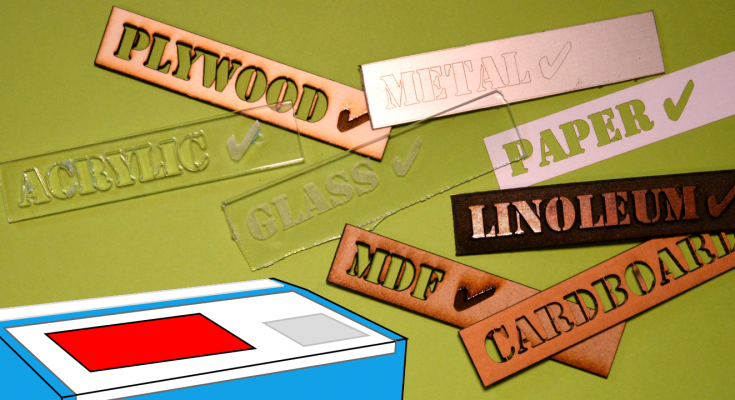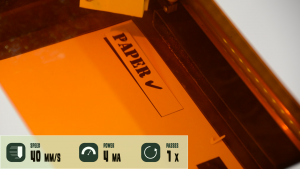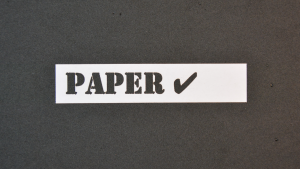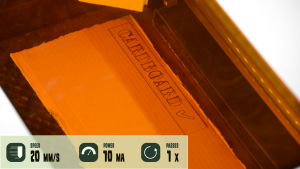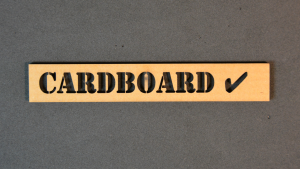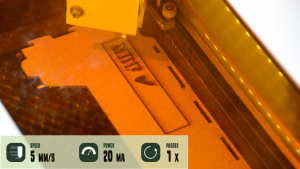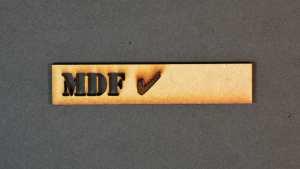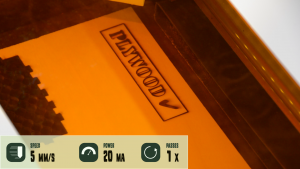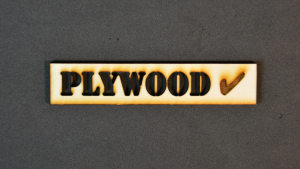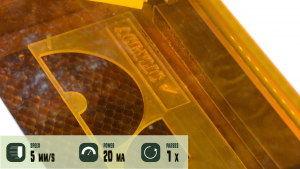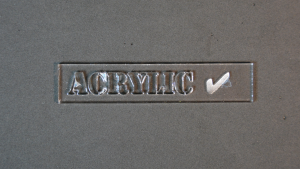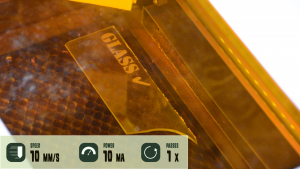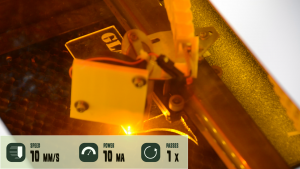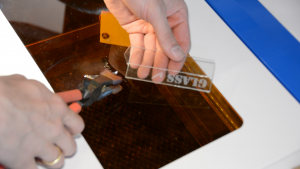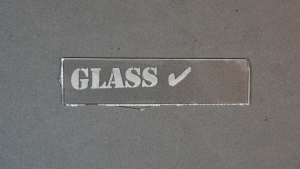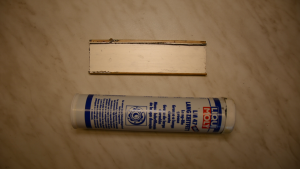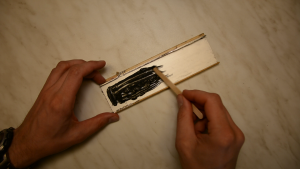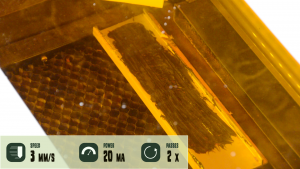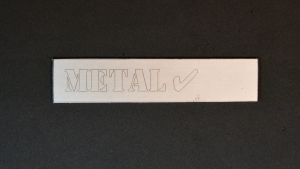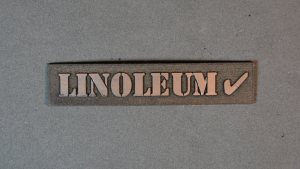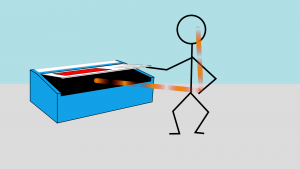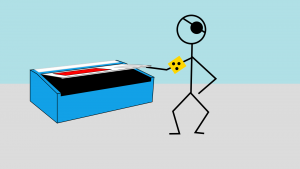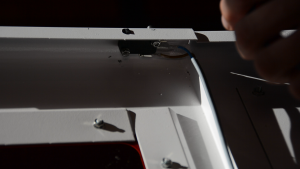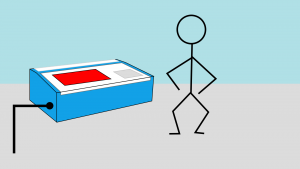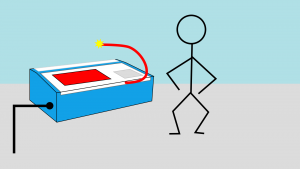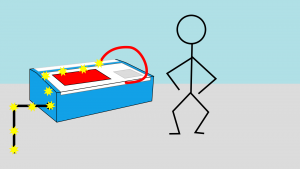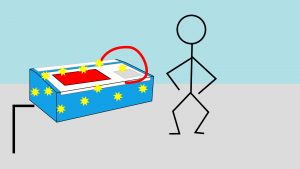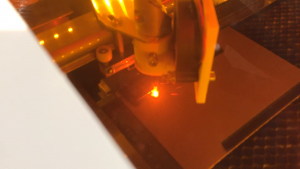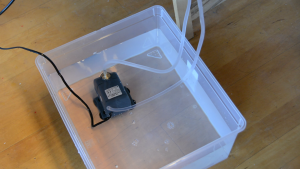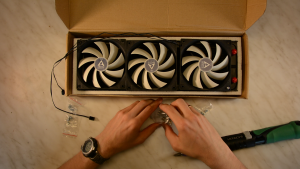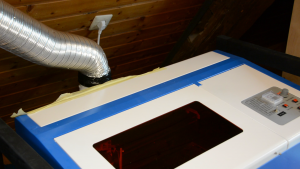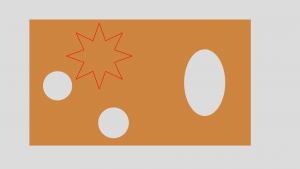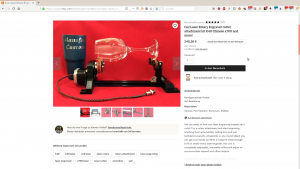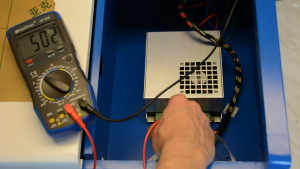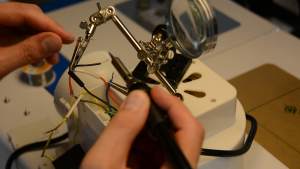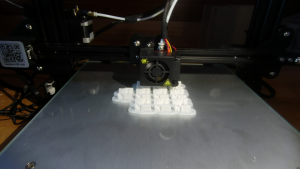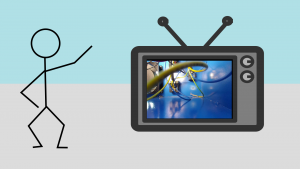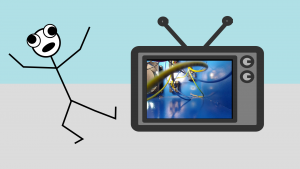In this article we run a full review and in depth test of the K40 China laser cutter after we’ve been using it for about a year.
What can you cut with a K40?
The laser is able to cut quite detailed patterns in paper. The main issue when cutting paper is that you have to move the laser fast which creates wiggly lines if you cut very fine details.
Cardboard is easier than paper as you can cut slower without lighting the workpiece on fire. If you are looking for more example projects look here.
The laser can cut three millimeter MDF without problems. MDF cuts quite differently depending on the glue that has been used. So try out a sample before ordering a full sheet of MDF.
Plywood can be cut up to 5 millimeters if it is a rather soft plywood and not as dense as Baltic birch. Of course you can engrave plywood, MDF and all other kinds of woods.
The ability to cut acrylic was a real game changer for us. The laser cuts 5 millimeter acrylic without problems and can also engrave patterns or text.
You can engrave glass and while you can’t cut it the laser can score a line along which you can break the glass.
When it comes to metal you can engrave some metal as aluminium when covering it with a lubricant that contains molybdenum.
And you can powder coat or paint metal and then remove the paint with the laser.
The K40 can cut and engrave quite a few other things such as Linoleum for stamps and a lot of other things .
The dark side – safety issues.
Out of the box the K40 is a perfect tool to destroy your eyesight, kill you by an electric hock and burn down your house. Let’s go through these one by one.
Missing safety switch
It is very tempting to open the lid while the laser is running – be it for moving stuff out of the way or to take pictures.
If the laser beam is reflected in a bad way and hits your eye you will go blind immediately.
You should not only fix this by getting proper safety glasses but also build a safety switch into the K40.
We have a step by step article on how to wire a switch into the laser.
Bad / no grounding
The next way the laser cutter can kill you is by an electric shock.
All metal housings should be grounded so that when a hot wire gets in contact with the case it creates a short circuit.
The Chinese manufacturers isolate the ground cable well with paint. So when a wire gets lose and you touch the casing your body becomes the grounding wire – which could kill you.
In our setup article we show how to fix this with a bit of sandpaper.
No air assist
The last major safety issue is that the laser sets the material on fire – which is exactly what we want to engrave for example wood. Most laser cutters have a device called an air assist that extinguishes the flame by an constant airflow.
Without an air assist wood or cardboard will burn. We have an article on how to 3D print a cheap air assist solution that is working great for us.
Feature comparison with other laser cutters
With these safety issues fixed there are still a few features that you would get from for example a glowforge that the K40 doesn’t offer. Let’s look at the differences.
The bed
The K40 comes with a dysfunctional bed that can’t be adjusted in height. Luckily the bed on the K40 is easy to replace and we have an article on how to install a replacement.
Cooling
The cooling of the K40 works well if you use the laser for half an hour or so. When running the laser over an extended period of time the water gets hot and the cooling is no longer working properly.
We are currently working on a fix for that – subscribe to the RSS feed to keep updated.
Air exhaust
We also replaced the plastic tube for the air exhaust by a metal one. The glowforge has a nice air filter as an accessory so that you can use the machine indoors.
This might be a topic for a future video on how to build something similar in a DIY fashion for the K40.
Camera and rotary attachment
Lastly some of the other laser cutters have a camera that helps to align the pattern on the workpiece.
While it’s not impossible to implement such a feature we would not have much use for it. The same goes for a rotary attachment – which you can get for the K40 for around 250 bucks from a third party supplier. If you have success with using one of these let us know as we have not yet tested one ourselves.
Summary
Would we buy the K40 laser again? Yes.
We are happy with the laser and if you think about it: You can buy around 10 K40 lasers for the price of a single glowforge or full spectrum laser.
Is a China laser also the right laser for you? This question is a bit more difficult to answer. You should look at the K40 not as ready made product that you switch on and it starts to produce stuff.
Rather consider it as kit and a starting point. If you know how to use a multimeter, a soldering iron, if you have a 3d printer or are able to talk the nice guy from your local maker space into printing you an air assist – go for it. Get your K40 – ideally over the affiliate link on this page.
If you watch the videos about the basic safety improvements, read all the articles and feel totally scared – watch them again.
If that doesn’t help you probably shouldn’t buy a K40. Using it without modifications is quite dangerous and a few thousand bucks is cheap if it helps you to stay alive.

